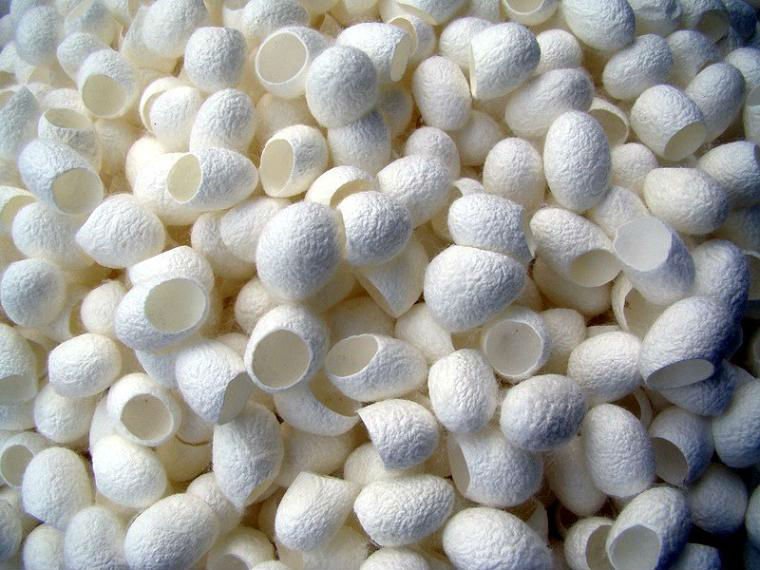A new material derived from natural silk can boost the performance of Lithium-ion batteries used in portable gadgets by making them hold more charge for a greater number of cycles. Researchers at Beijing Institute of Technology observed that not only their regenerated silk fibroin material work for over 10,000 cycles but it even stores 5x more lithium than graphite, the most common choice for anode in Li-ion batteries.

In the past, scientists and battery manufacturers have tested several graphite replacements to better battery performance, including high-quartz sand, which did better performance by 200 percent in coin-sized batteries, but never made it to widespread commercial use. The Beijing scientists went to pursue a sustainable biorenewable resource that could outperform graphite, and in their pursuit they came across natural silk which could be processed to create carbon-based nanosheets, which could be incorporated in prototype batteries and super-capacitors.
The resulting batteries had five times greater capacity (of 1,865 mAh/g) than the theoretical capacity of graphite (which is 372 mAh/g) at a current density of 0.1 A/g. Not only this, but they also retained a high cycle stability of 92 percent even after 10,000 cycles. The period between charge and discharge is much much higher than conventional Li-ion batteries.
Scientists believe that batteries based on these silk-derived material could be put up for commercial use, and also stated that this material could be used in Sodium-ion batteries, hydrogen storage and other hybrid storage options. This study was first published in ACS Nano.
A new material derived from natural silk can boost the performance of Lithium-ion batteries used in portable gadgets by making them hold more charge for a greater number of cycles. Researchers at Beijing Institute of Technology observed that not only their regenerated silk fibroin material work for over 10,000 cycles but it even stores 5x more lithium than graphite, the most common choice for anode in Li-ion batteries.
In the past, scientists and battery manufacturers have tested several graphite replacements to better battery performance, including high-quartz sand, which did better performance by 200 percent in coin-sized batteries, but never made it to widespread commercial use. The Beijing scientists went to pursue a sustainable biorenewable resource that could outperform graphite, and in their pursuit they came across natural silk which could be processed to create carbon-based nanosheets, which could be incorporated in prototype batteries and super-capacitors.
The resulting batteries had five times greater capacity (of 1,865 mAh/g) than the theoretical capacity of graphite (which is 372 mAh/g) at a current density of 0.1 A/g. Not only this, but they also retained a high cycle stability of 92 percent even after 10,000 cycles. The period between charge and discharge is much much higher than conventional Li-ion batteries.
Scientists believe that batteries based on these silk-derived material could be put up for commercial use, and also stated that this material could be used in Sodium-ion batteries, hydrogen storage and other hybrid storage options. This study was first published in ACS Nano.